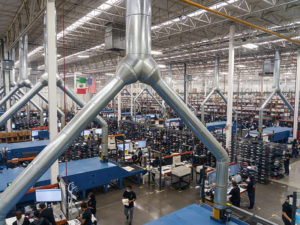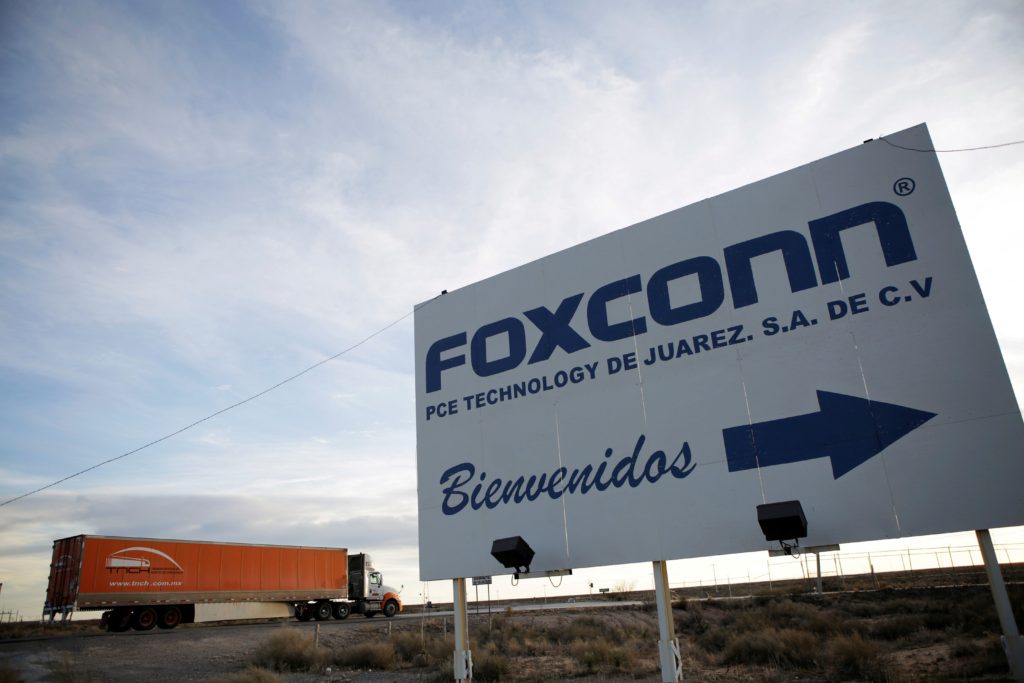Right up against the southern edge of the Rio Grande, the city of Juarez has seen its share of economic booms over the years. But perhaps none quite like the one that’s taken place today.
There are excavators and bulldozers everywhere, pushing dirt into tall piles and leaving everything covered in a coat of dust. The space they are carving out of the desert floor will house new factories that were ordered up by anxious CEOs across the world when the pandemic roiled their global supply routes.
This is what is called near-shoring, one of the biggest economic transformations sparked by the pandemic. Shrinking the length of the supply chain keeps production closer to its destination and reduces the risk of some mess ups along the way. A shorter chain is a stronger chain.
For people that do business in the U.S. economy, near-shoring often means northern Mexico, where labor costs are cheap, land is plentiful, and the border is just a short ride away. Border cities are undergoing industrial booms, providing a much-needed lift to a Mexican economy that has been slow to recover from last year’s collapse.
For more than fifty years, the factories in these cities have been a key cog in the U.S. supply chain. Known in the industry as maquiladoras, they take imported parts, assemble them into consumer and industrial products and then ship them up north.
When Nafta took effect in 1994, multinationals set up maquiladoras at a frenetic pace. Years later, the region began to stagnate when China entered the World Trade Organization and many companies pulled out of Mexico and set up shop in China, where labor costs were even lower.
China kept stealing U.S. market share from Mexico right up until Donald Trump took office in Washington. When he started slapping tariffs on Chinese-made products, Mexico suddenly looked attractive again to executives. Then the pandemic came along and turbocharged the shift.
Now it’s Mexico’s responsibility to step up their game and deliver.
sources:




